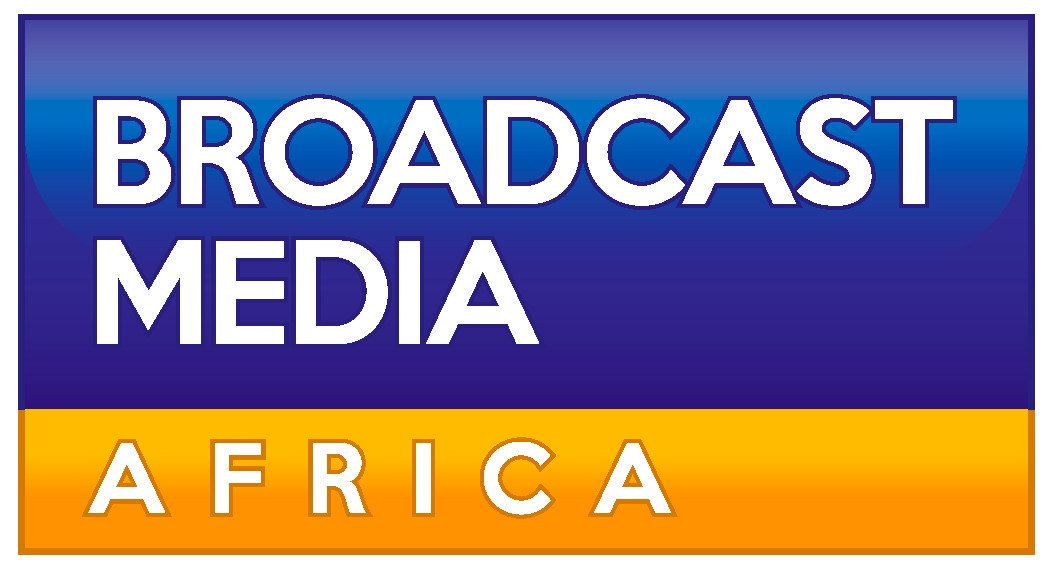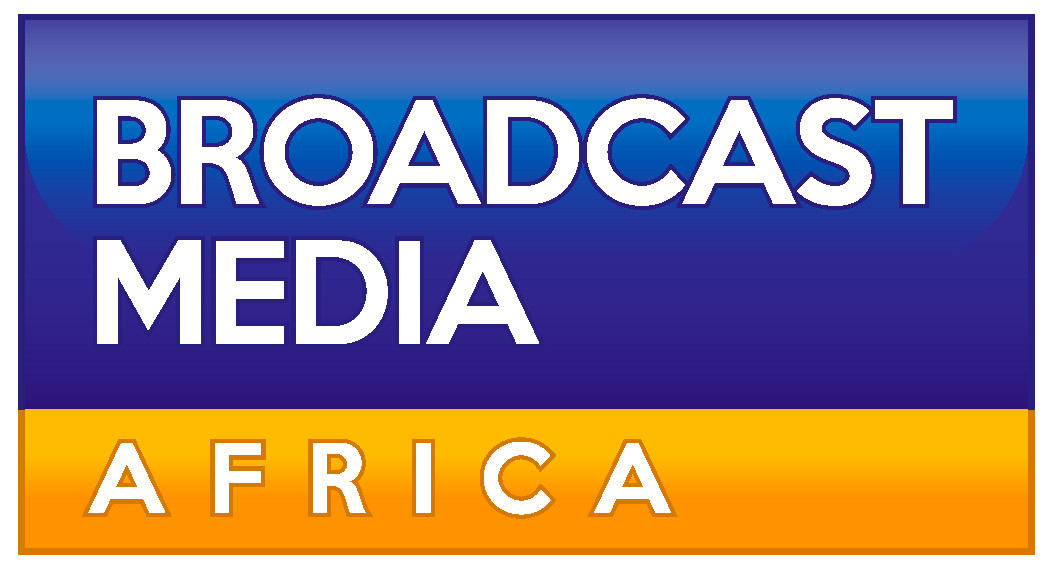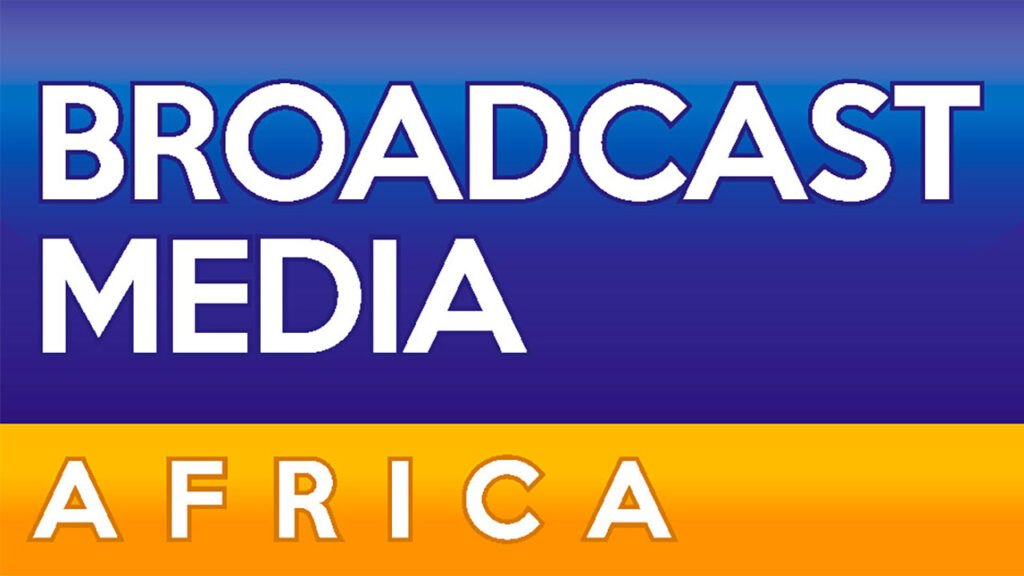

The Middle East and Africa region is experiencing a significant shift in its technological landscape, with 5G adoption rapidly on the rise. According to Nokia’s Mobile Broadband Index Report 2024, 60% of communications service providers (CSPs) in the region are embracing 5G to drive their digital transformation efforts. The report projects a surge in 5G subscriptions, with an estimated 519 million subscriptions and 48% of total data traffic driven by 5G by 2029.
The report also highlights the Gulf Cooperation Council (GCC) sub-region as a hotspot for 5G adoption, with 90% of mobile subscriptions projected to be 5G by 2029. This growth is attributed to substantial government investments in 5G infrastructure and robust support for advanced connectivity solutions.
Furthermore, the rise of 5G technology is increasing the number of subscriptions and transforming the region’s data traffic dynamics. By 2029, 5G and 4G networks are expected to handle over 90% of the total data traffic in the MEA region, with the GCC alone predicted to carry 90% of its data traffic over 5G networks.
The adoption of Fixed Wireless Access (FWA) powered by 5G technology is also rising, from 11% in 2022 to 38% by 2029. This surge in FWA adoption is driven by the need for faster Internet speeds and lower latency, particularly in underserved or remote areas.
Mikko Lavanti, Senior Vice President for Mobile Networks, MEA at Nokia, emphasized the significance of 5G adoption for meeting the region’s rising demand for data services. Lavanti also highlighted the role of 5G in accelerating digital transformation and unlocking new revenue opportunities for CSPs. Nokia’s services aim to empower CSPs to maximize the potential of their networks and deliver advanced connectivity solutions crucial for the region’s development.










